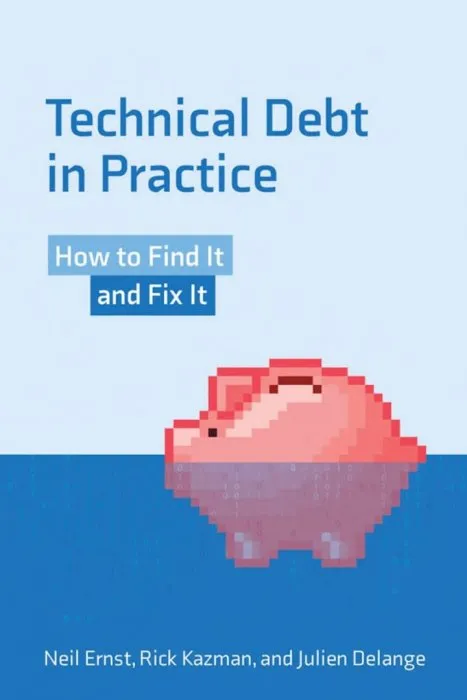Technical Debt in Practice: How to Find It and Fix It (The MIT Press)

Date: August 17th, 2021
ISBN: 0262542110
Language: English
Number of pages: 288 pages
Format: EPUB
Add favorites
The practical implications of technical debt for the entire software life cycle; with examples and case studies.
Technical debt in software is incurred when developers take shortcuts and make ill-advised technical decisions in the initial phases of a project, only to be confronted with the need for costly and labor-intensive workarounds later. This book offers advice on how to avoid technical debt, how to locate its sources, and how to remove it. It focuses on the practical implications of technical debt for the entire software life cycle, with examples and case studies from companies that range from Boeing to Twitter.
Technical debt is normal; it is part of most iterative development processes. But if debt is ignored, over time it may become unmanageably complex, requiring developers to spend all of their effort fixing bugs, with no time to add new features—and after all, new features are what customers really value. The authors explain how to monitor technical debt, how to measure it, and how and when to pay it down. Broadening the conventional definition of technical debt, they cover requirements debt, implementation debt, testing debt, architecture debt, documentation debt, deployment debt, and social debt. They intersperse technical discussions with "Voice of the Practitioner" sidebars that detail real-world experiences with a variety of technical debt issues.
Technical debt in software is incurred when developers take shortcuts and make ill-advised technical decisions in the initial phases of a project, only to be confronted with the need for costly and labor-intensive workarounds later. This book offers advice on how to avoid technical debt, how to locate its sources, and how to remove it. It focuses on the practical implications of technical debt for the entire software life cycle, with examples and case studies from companies that range from Boeing to Twitter.
Technical debt is normal; it is part of most iterative development processes. But if debt is ignored, over time it may become unmanageably complex, requiring developers to spend all of their effort fixing bugs, with no time to add new features—and after all, new features are what customers really value. The authors explain how to monitor technical debt, how to measure it, and how and when to pay it down. Broadening the conventional definition of technical debt, they cover requirements debt, implementation debt, testing debt, architecture debt, documentation debt, deployment debt, and social debt. They intersperse technical discussions with "Voice of the Practitioner" sidebars that detail real-world experiences with a variety of technical debt issues.
Download Technical Debt in Practice: How to Find It and Fix It (The MIT Press)
Similar books
Information
Users of Guests are not allowed to comment this publication.
Users of Guests are not allowed to comment this publication.




